Bran Castle: Unraveling the Mysteries of Dracula’s Legend
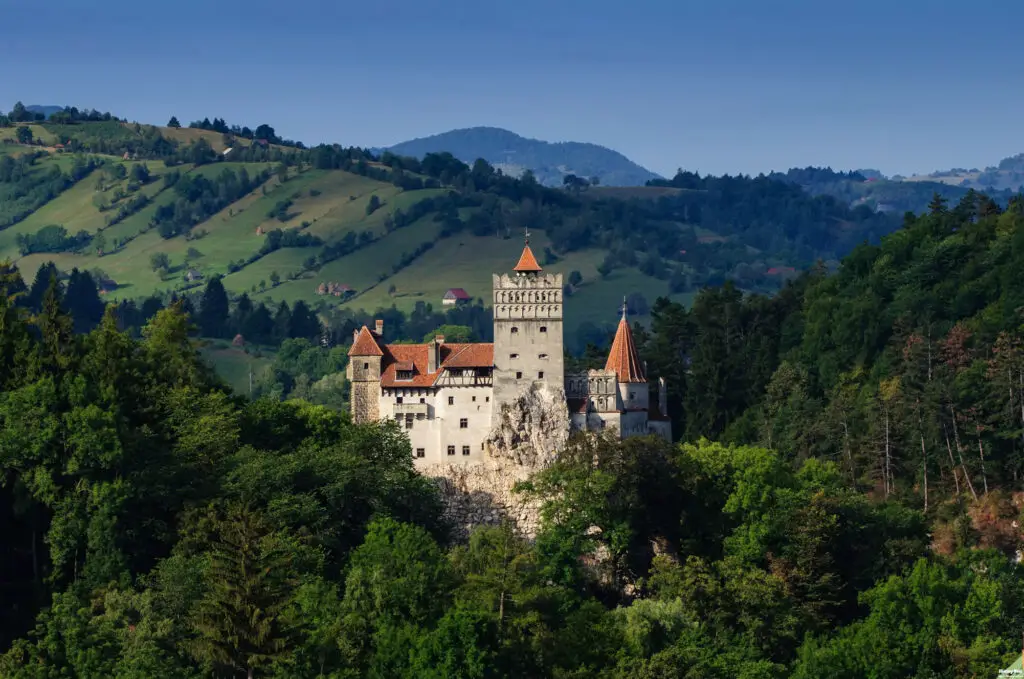
Introduction
Nestled in the picturesque region of Transylvania, Bran Castle stands as one of Romania’s most iconic landmarks. Often shrouded in mystery and intrigue, this medieval fortress is famously linked to the Dracula legend, making it a significant cultural and historical site. Bran Castle’s dramatic location atop a cliff, surrounded by lush forests and rugged mountains, only adds to its allure, drawing countless visitors eager to explore its storied halls and dark passages.
While Bran Castle is commonly associated with the fictional vampire Dracula, its history is deeply rooted in the strategic military and political maneuvers of medieval Europe. Constructed in the 14th century, the castle has played a vital role in defending the region against invasions and safeguarding the interests of the Kingdom of Hungary. Over the centuries, Bran Castle has evolved from a fortress into a royal residence, reflecting the changing tides of history and the complex tapestry of Romanian culture.
In this article, we will delve into the origins and early history of Bran Castle, its connection to the Dracula legend and Bram Stoker’s novel, its architectural highlights, its role in Romanian history, and its transformation into a modern-day museum and tourist attraction. Through this exploration, we aim to uncover the multifaceted significance of Bran Castle and its enduring legacy as a symbol of Romania’s rich heritage.
Historical Background
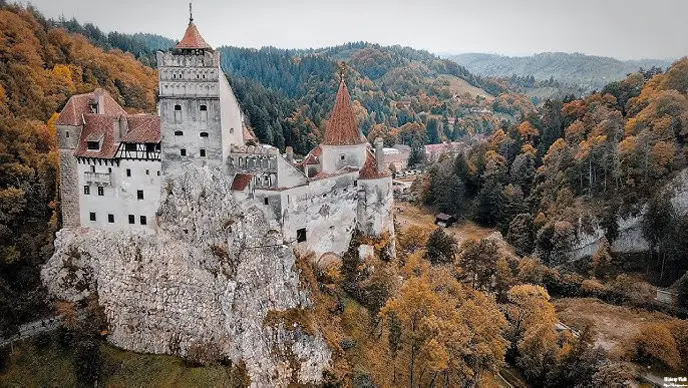
The origins of Bran Castle date back to 1377 when the Hungarian King Louis I of Anjou granted the Saxons of Kronstadt (present-day Brașov) the privilege to build a stone fortress. The primary purpose of this construction was to defend the strategic mountain pass against invading forces, particularly the Ottoman Turks, who were a constant threat to the region. The castle’s location on a rocky outcrop provided a natural advantage, making it an imposing barrier to any would-be attackers.
Throughout the centuries, Bran Castle underwent numerous modifications and expansions. Its initial design featured a central keep surrounded by defensive walls and watchtowers. The castle’s fortifications were continually strengthened, reflecting the evolving military technologies and architectural styles of the time. By the late 15th century, Bran Castle had become a formidable stronghold, crucial for the defense of the surrounding territory.
Despite its military significance, Bran Castle also served as a vital customs post. Positioned on the border between Transylvania and Wallachia, it played a key role in controlling and taxing the trade routes that passed through the region. This economic function further enhanced the castle’s importance, making it a focal point for both military and commercial activities in medieval Romania.
Dracula Legend and Bram Stoker
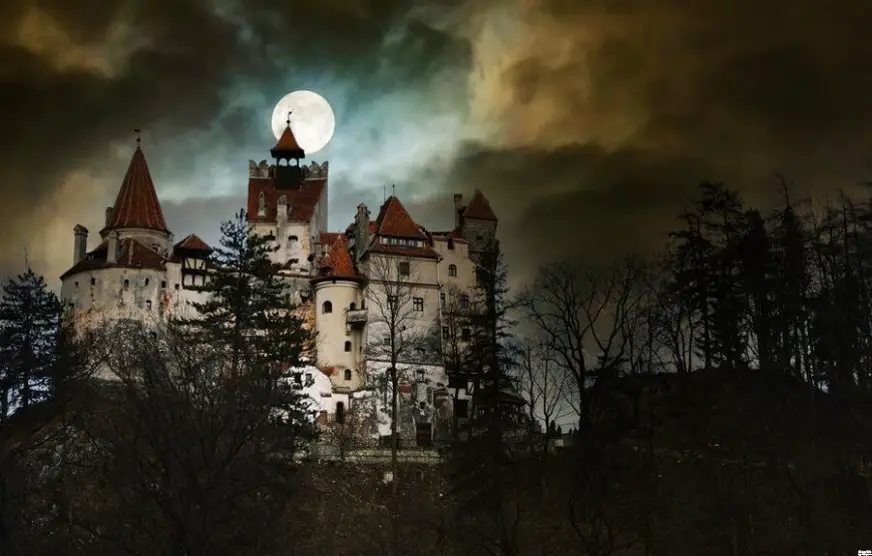
The legend of Dracula is inextricably linked to Bran Castle, thanks largely to Bram Stoker’s 1897 novel “Dracula.” Although Stoker never visited Romania, his vivid descriptions of Dracula’s castle bear a striking resemblance to Bran Castle, with its steep cliffs, dark passages, and eerie atmosphere. This connection has cemented Bran Castle’s reputation as the inspiration for the home of the infamous vampire, despite the lack of direct historical evidence.
Vlad the Impaler, the 15th-century Wallachian ruler known for his brutal tactics and reputed cruelty, is often cited as the real-life inspiration for Dracula. Vlad’s reign of terror, including his penchant for impaling his enemies, earned him a fearsome reputation. Although Vlad did spend some time in the vicinity of Bran Castle and possibly passed through it, there is no definitive proof that he ever used the castle as his residence.
Nevertheless, the association between Vlad the Impaler and Bran Castle has become a key aspect of the site’s allure. The castle capitalizes on this legend through exhibits and tours that explore the connections between Vlad, Stoker’s Dracula, and the broader context of Romanian history and folklore. Visitors are drawn to the castle not only for its historical significance but also for the thrilling possibility of walking in the footsteps of the legendary vampire.
Architectural Highlights
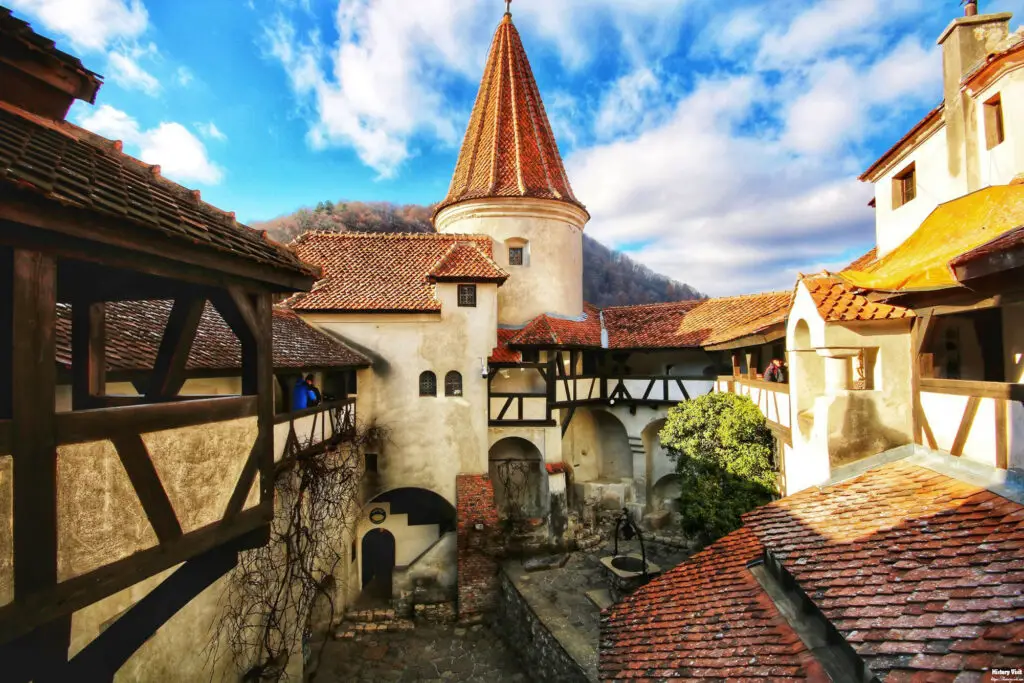
Bran Castle is a stunning example of Gothic and Renaissance architecture, with elements that reflect its varied history and changing functions. One of the most striking features of the castle is its imposing central keep, which rises dramatically above the surrounding landscape. This keep, constructed from local stone, is a testament to the defensive priorities of the castle’s original builders.
The interior of Bran Castle is equally captivating, with a series of rooms and passages that reveal the castle’s medieval origins and later modifications. The Gothic-style chapel, with its pointed arches and intricate stonework, offers a glimpse into the religious life of the castle’s inhabitants. Meanwhile, the Renaissance influences are evident in the elegant Great Hall, which features large windows, wood-paneled walls, and ornate furnishings that reflect the tastes of later occupants.
Among the many rooms of Bran Castle, the Queen’s Chamber stands out for its historical and cultural significance. This room was used by Queen Marie of Romania, who made Bran Castle her royal residence in the early 20th century. The chamber is decorated with personal artifacts and memorabilia, offering visitors a personal connection to one of Romania’s most beloved monarchs. The blend of Gothic and Renaissance elements throughout the castle highlights the architectural evolution of Bran Castle and its enduring legacy as a symbol of Romanian history and culture.
Role in Romanian History

Bran Castle’s significance extends beyond its architectural beauty and legendary associations; it has played a pivotal role in Romanian history. During the medieval period, the castle served as a critical defensive stronghold against the Ottoman Empire’s incursions into Transylvania. Its strategic location enabled it to control the mountain pass and protect the region from potential invasions, thereby contributing to the stability and security of the Kingdom of Hungary and later Romania.
In addition to its military importance, Bran Castle has also been a symbol of Romanian sovereignty and cultural identity. In the early 20th century, the castle was given to Queen Marie of Romania as a token of gratitude for her efforts during World War I. Queen Marie, a granddaughter of Queen Victoria of the United Kingdom, was instrumental in promoting Romanian interests on the international stage. She transformed Bran Castle into a royal residence, imbuing it with a sense of national pride and cultural significance.
During the communist era, Bran Castle was nationalized and transformed into a museum, showcasing Romanian art and history. This period saw significant restoration efforts aimed at preserving the castle’s historical integrity while making it accessible to the public. Today, Bran Castle continues to be a powerful symbol of Romanian heritage, attracting visitors from around the world who come to explore its rich history and cultural legacy.
Modern-Day Bran Castle
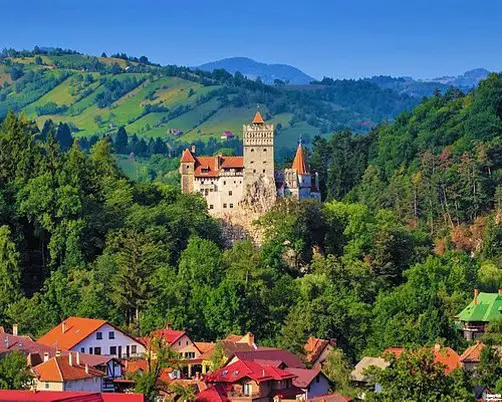
Today, Bran Castle stands as a well-preserved monument to Romania’s past, blending historical significance with modern tourism. The castle has undergone extensive restoration efforts to maintain its structural integrity and historical authenticity. These efforts have been crucial in preserving the castle’s unique architectural features and ensuring that it remains a vibrant part of Romania’s cultural landscape.
Bran Castle is now a popular museum, drawing visitors with its rich history, architectural splendor, and the allure of the Dracula legend. The museum’s exhibits include a wide range of artifacts, from medieval weapons and armor to furniture and personal items belonging to Queen Marie. These displays provide a comprehensive overview of the castle’s history and its role in Romanian culture, offering visitors a deep and engaging experience.
In addition to the museum, Bran Castle hosts various cultural events and festivals throughout the year, celebrating Romanian traditions and history. These events, such as medieval fairs, concerts, and exhibitions, help to bring the castle to life and provide visitors with a dynamic and immersive experience. The castle’s transformation into a major tourist attraction has not only preserved its historical legacy but also ensured its continued relevance in contemporary Romanian culture.
Visitor Experience
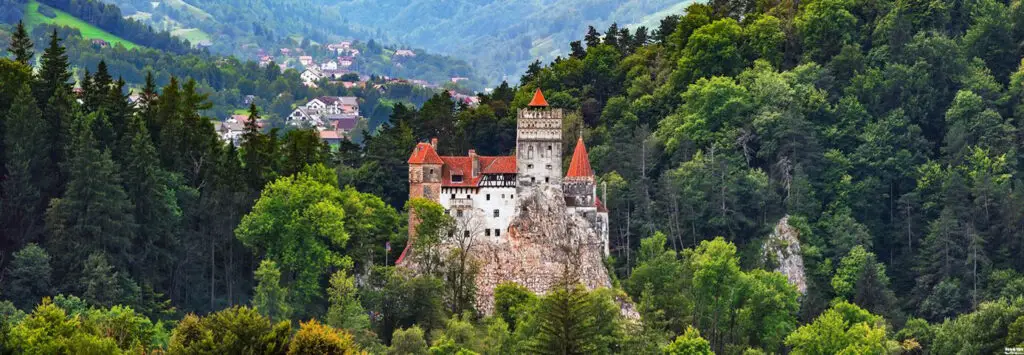
For those planning a visit to Bran Castle, there are a few key points to consider to make the most of the experience. The castle is open to the public year-round, with guided tours available in multiple languages. These tours provide valuable insights into the castle’s history, architecture, and the Dracula legend, enriching the visitor experience with expert knowledge and engaging storytelling.
Exploring Bran Castle involves navigating its narrow staircases, hidden passages, and richly decorated rooms. Some of the highlights include the secret staircase, which adds an element of mystery and adventure, and the castle’s courtyard, which offers stunning views of the surrounding landscape. The museum exhibits are thoughtfully curated, providing context and depth to the castle’s historical narrative.
Beyond the castle itself, the village of Bran offers additional attractions and amenities for visitors. The local markets and shops are perfect for picking up souvenirs and sampling traditional Romanian crafts and foods. Nearby, the Piatra Craiului National Park provides opportunities for hiking and nature exploration, making a visit to Bran Castle part of a broader experience of Romania’s natural and cultural heritage.
Conclusion
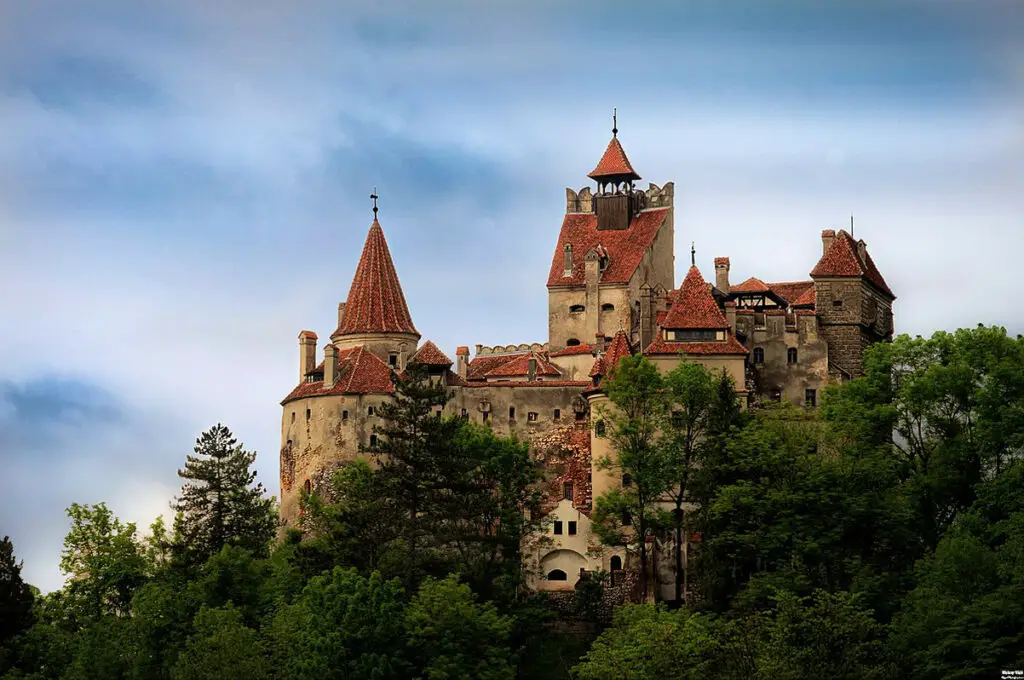
Bran Castle stands as a remarkable testament to Romania’s rich history, architectural ingenuity, and cultural significance. Its dramatic setting, historical associations, and connection to the Dracula legend make it a unique and captivating destination. Whether viewed through the lens of its military past, its role in Romanian history, or its Gothic and Renaissance architectural splendor, Bran Castle offers a multifaceted experience that continues to enchant and inspire visitors from around the world.
As we have explored in this article, Bran Castle’s origins as a medieval fortress, its transformation into a royal residence, and its current status as a museum and tourist attraction all contribute to its enduring legacy. The castle’s ability to blend history, legend, and culture into a cohesive and compelling narrative is what makes it truly special. For anyone interested in exploring Romania’s heritage, Bran Castle provides a profound and unforgettable journey through time.
For those fortunate enough to visit, Bran Castle offers a chance to walk in the footsteps of historical figures, explore architectural marvels, and immerse themselves in the legends that have shaped the region’s identity. It is a place where history and myth converge, creating a timeless monument that continues to captivate the hearts and minds of all who encounter it. Bran Castle remains a beacon of Romanian heritage, a symbol of resilience, and a testament to the enduring power of storytelling.


